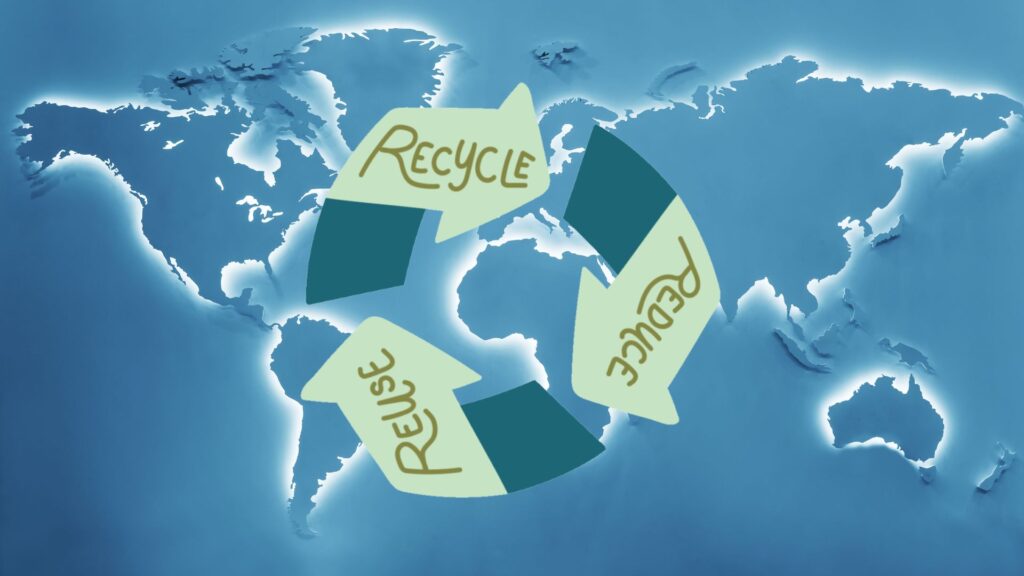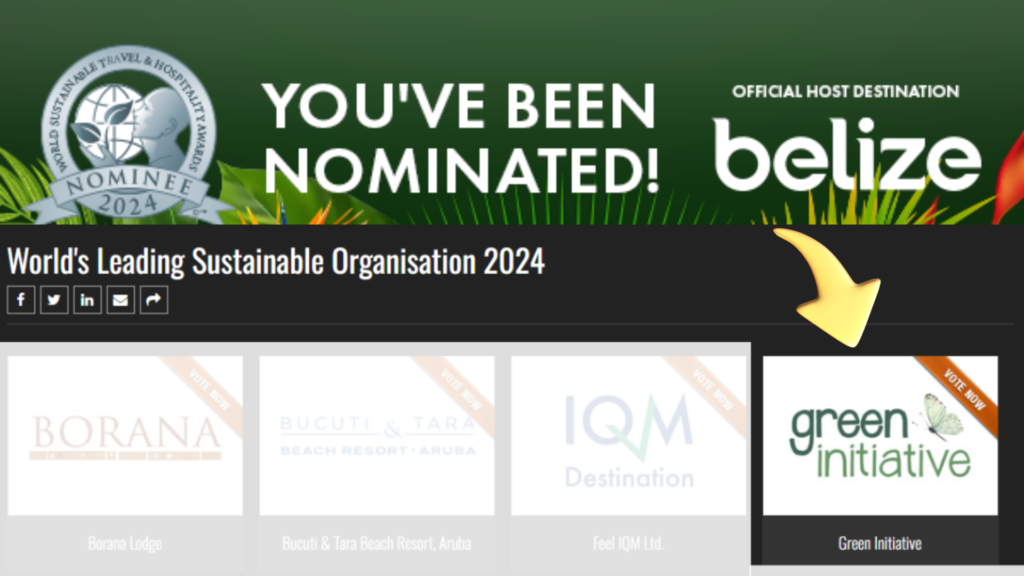The European Union has taken a transformative step towards sustainability and consumer rights with the introduction of the Right to Repair law. This legislation mandates that manufacturers provide affordable and accessible repair options for consumer electronics, marking a significant move towards reducing electronic waste (e-waste), extending product lifespans, and fostering a circular economy. However, beyond repairability, this law also has broader implications, affecting recycling policies, global sustainability efforts, and business strategies. With other regions considering similar regulations, the EU’s initiative is not just a regional policy—it’s a potential global blueprint for reducing waste and embracing climate-positive solutions. Why a Right to Repair Law is Necessary Before analyzing its impact, it is crucial to understand why the EU needed such legislation in the first place. 1. Barriers to Repairability in Product Design Some manufacturers implement design choices that make repairs more difficult, either intentionally or as a byproduct of other considerations such as cost, security, or durability. These barriers can include: While these practices may serve specific design, safety, or business objectives, they can also limit consumer choice and increase electronic waste, raising concerns about long-term sustainability and affordability of repairs. 2. Planned Obsolescence Leads to More E-Waste Planned obsolescence—where companies deliberately design products with a short lifespan—has become a significant issue. Many devices are:✔ Difficult to repair, making replacements the only viable option.✔ Software-limited, where updates slow down or disable older models.✔ Designed with non-replaceable batteries, forcing consumers to discard them sooner. 3. The Global E-Waste Crisis According to the Global E-Waste Monitor 2024, the world generated 62 million metric tons of e-waste in 2022, with only 22.3% properly collected and recycled. This marks a significant increase from previous years, with e-waste growing at a rate of 2.6 million metric tons annually. At this pace, global e-waste is expected to reach 82 million metric tons by 2030, further emphasizing the need for effective e-waste management strategies and repairability policies. Key Aspects of the EU’s Right to Repair Law The Right to Repair law, adopted in April 2024, includes several provisions to tackle these challenges: ✔ Manufacturers Must Offer Repair Services Beyond Warranty Periods✔ Spare Parts Must Be Available for Up to 10 Years✔ Consumers Must Be Informed About Repair Options Before Replacement✔ Repair Manuals & Diagnostic Tools Must Be Publicly Accessible This legislation primarily affects industries producing smartphones, tablets, laptops, and household appliances, ensuring that products remain usable for longer before being discarded. The Connection Between Repair and Recycling A common question arises: Why focus on repair instead of investing more in recycling? The answer is that both repair and recycling must work together to create a truly climate-positive, circular economy. How Repair and Recycling Complement Each Other 📖 Read more about the EU’s Circular Economy Action Plan Will Other Regions Follow? The EU’s Right to Repair law has set a global benchmark not just for repairability but also for the broader circular economy, which includes recycling, waste reduction, and resource efficiency. While the EU leads in enforcing repair-friendly regulations, other regions are adopting policies that combine repair with stronger recycling programs, extended producer responsibility (EPR), and waste reduction strategies. United States ✔ Right to Repair Initiatives: New York and California have introduced Right to Repair bills to give consumers more control over fixing their devices, though federal legislation remains in discussion.✔ E-Waste Recycling & Producer Responsibility: Several states, including Washington and Illinois, have e-waste recycling laws that require manufacturers to finance the collection and recycling of old electronics.✔ FTC Actions on Repair Monopolies: The Federal Trade Commission (FTC) has been cracking down on anti-competitive repair restrictions and advocating for policies that expand repair rights while also improving electronics recycling programs. Canada ✔ Legislative Push for Repairability: Canadian lawmakers are advocating for mandatory repairability standards, especially for consumer electronics and automobiles.✔ Extended Producer Responsibility (EPR) Laws: Provinces like British Columbia, Ontario, and Quebec have introduced EPR programs that require manufacturers to take back and recycle old electronics.✔ Battery & Electronic Waste Recycling: The Call2Recycle program, one of North America’s largest battery recycling initiatives, is expanding its reach, ensuring safer disposal of lithium-ion batteries. Australia ✔ Right to Repair in Agriculture & Consumer Electronics: Farmers have been pushing for greater access to repair agricultural equipment, particularly tractors, while the government is reviewing broader Right to Repair policies for appliances and electronic goods.✔ National E-Waste Recycling Scheme: Australia has a mandatory e-waste recycling program, requiring tech manufacturers to fund take-back and recycling systems for TVs, computers, and smartphones.✔ Product Stewardship Legislation: The government is introducing policies that ensure companies are responsible for their products’ end-of-life disposal, promoting both repairability and recyclability. Latin America & Developing Economies ✔ Repair as a Circular Economy Strategy: While Right to Repair laws are not yet widespread, local repair industries play a key role in reducing waste and extending product life cycles in many countries.✔ Growing Focus on E-Waste Management: Countries like Brazil, Colombia, and Mexico are expanding e-waste collection and recycling programs, ensuring that old electronics are properly processed rather than dumped in landfills.✔ Informal Repair and Recycling Sectors: In many developing countries, informal repair shops and recycling businesses contribute significantly to electronics reuse, but stronger regulatory frameworks are needed to ensure safe and sustainable practices. The Global Shift Towards a Circular Economy While different regions prioritize repair and recycling differently, the global trend is clear: governments are moving away from a linear “take-make-dispose” model and adopting policies that support both repairability and material recovery. ✔ Right to Repair laws are expanding worldwide, ensuring longer product lifespans.✔ Recycling policies, such as extended producer responsibility programs, are holding manufacturers accountable for waste management.✔ Battery and e-waste recycling initiatives are growing, ensuring hazardous materials are safely disposed of and valuable resources are recovered. The EU’s Right to Repair law is part of a larger sustainability movement that goes beyond repair—it is shaping a circular economy model that many other regions are adapting to their own needs. As governments continue to refine repair and recycling policies, businesses must






